Romancing the Moon: Exploring the Moon Again
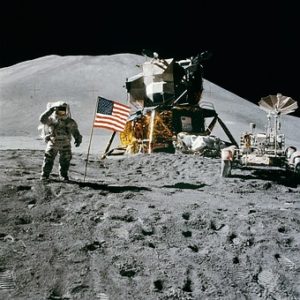
On July 21st, exactly 50 years back, Neil Armstrong stepped on the surface of the moon. This was a great leap forward for mankind. The landing of Apollo 11 on the sea of tranquility was first for mankind and a great leap forward. And Romancing with the moon has never looked so hot since that day.
The World is Romancing the Moon again
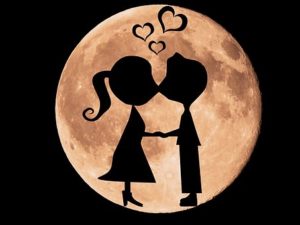
There is a renewed interest in exploring the Moon again. America is planning to send astronauts back to Moon and the deadline has been advanced from 2028 to 2024. China is planning to send a manned mission to the Moon by 2035. India has just sent Chandrayan-2 while Russia is planning to send its Luna 25 in 2021. Like India, even Russia also wants to explore the south pole of the Moon. The race to the Moon doesn’t end here. Companies like Space X of Elon Musk (Tesla fame) and Blue Origin owned by Jeff Bezos (Amazon fame) are also working on spacecraft which can carry humans for exploring the Moon. On 26th July, a privately funded Chinese company iSpace has launched its first rocket to put Satellites in Orbit. It took off from the Jiuquan Satellite launch on Thursday sending two satellites into a predetermined orbit.
Romancing the Moon with Chandrayan-2

Chandrayan-2 has been sent to the Moon after 11 years of Chandrayan-1 in 2008. It has been launched on a GSLV rocket called GSLV-MkIII. The journey time is 48 days. The orbiter consists of 2 units – the Lander and the rover. The Lander called Vikram will land on the 48th day and four hours later the rover called Pragyan will crawl out of the Lander exploring the Moon again.
Watch this thrilling video of the launch of Chandrayan-2:
https://www.youtube.com/watch?v=ZwJw3Dtp-sw
Romancing the Moon – Love is in the space again
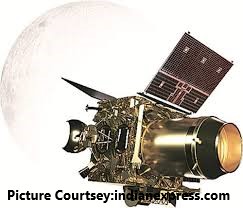
Chandrayan-1’s moon impact probe had deducted a signature of water. NASA’s payload on Chandrayan-1 called Mini-SAR had found evidence of hydrogen and oxygen chemical bond on the lunar soil. Scientists now believe that there could be more than 600 million metric tonnes of water ice on the Moon. With water Moon can sustain human life.
Moon has a lot of hazardous radiation and it is difficult for humans to survive. One of the missions of Chandrayan-2 is to look for a large cave whose images were captured by Chandrayan-1. These caves can be used as a base for a future manned mission. The cave is made of remnants of an ancient lava tube, 2 km long and 360 m wide. Such a tube can be a potential site for future human habitats.
The South Pole of the moon where Vikram will land is supposed to have ancient rocks and craters that will cast light on the history of Moon and fossil records of the earlier solar system. The Rover will be exploring the Moon and do a detailed study of the topography, mineral identification, and surface chemical composition. This will help in a better understanding of the origin and evolution of the Moon.
Romancing with Disneyland on the Moon

In a recent session at the World Conference of Science Journalists at Lausanne, Switzerland a future picture 50 years from now was presented. It said that if you are young enough you could be chilling on Moon and grilling barbecues with your grandchildren. Quite an interesting picture! In 50 years, there will be more tourists on Moon, which could be just like a resort or an amusement park.
People will go there, spend holidays and come back. But the staff at the hotel will work there. So there will be permanent human habitability on the Moon in 50 years. The session “Moon and beyond; where will be in 50 years in space exploration?” had experts from the US, Europe, Russia, and China discussing manned as well as robotic missions to the Moon.
Romancing the Moon with rockets
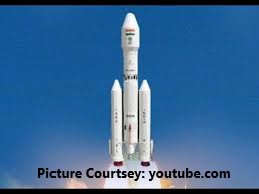
While ISRO is being congratulated for Chandrayan-2 and its successful journey for exploring the Moon again, there is one more area where ISRO’s achievement needs to be recognised. The payload capacity of the rocket carrying Chandrayan-1 and Chandrayan-2 has improved from 1380kg to 3850kg, an increase of 3 times.
The thrust that lifts these rockets comes from cryogenic engines, an art that ISRO has mastered. ISRO has now developed 4 classes of rockets – SLV, ASLV, PSLV, and GSLV. But ISRO has a long road ahead. ISRO’s heaviest rocket can carry 8000 kg to a Low Earth Orbit (LEO) and half of that to GEO stationary orbits. Against this, Space X Falcon-9 can carry nearly 23000 kg. Falcon Heavy can put a mass of nearly 64000 kg into LEO. The French Ariane-5 can carry 23000 kg.
Satellites play an important role in our lives.
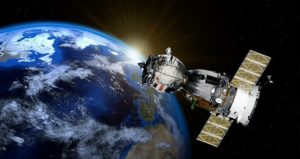
The satellite launched by Chandrayan-2 is one that will be exploring the Moon by studying its surface. But Satellites are playing many other roles from entertaining us daily, to guiding us on the road through GPS or even defending our borders. Let’ see what these roles are:
Satellites in Modern war:
They spot things below, to answer strategic questions. What forces does the enemy possess? And tactical ones like the missiles launched by an enemy. Spy satellites eavesdrop on communications and radar emissions.
They tell troops, and bombs exactly where they are, using GPS. The GPS helps guides precision-guided bombs to their destinations.
The modern-day drones also use satellites to transmit a huge amount of data both ways – into and out of war-zones. Drones transmit images through the satellite to the base station in a remote location. The action decided by the base station is transmitted by the satellite back to the drone.
Satellites in Peaceful times:
We all use satellites daily. Your favourite soap telecasted on the TV is using one of the satellites from a GEO-stationary orbit. Ships, planes and remote businesses rely for internet connections on signals sent from geostationary orbit. The GPS in your car also uses one of the geostationary satellites.
Recently SpaceX (promoted by Elon Musk of Tesla) and a company called OneWeb (part-owned by Airbus) are planning to launch satellites in the Low Earth Orbit in thousands and not hundreds. The objective is obviously to bring internet connectivity to the 3.5 billion people on earth who still have not been introduced to the internet.
Geostationary orbit and Low Earth Orbit: What is the difference?
In between the Earth and the Moon, at an altitude of 36,000 km, there is a spot where satellites make an orbit around Earth once a day. It means that that a satellite in this orbit is geostationary- it sits still over a specific spot. Most of today’s communications traffic both data and broadcast go through such satellites.
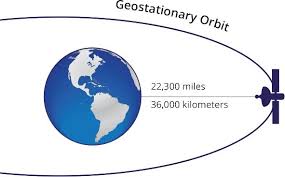
The advantage of a geostationary orbit is that the antennae that send data to the satellite and those that receive data coming from it do not need to move. The disadvantage is that sending a signal that far requires heavy antennae and a lot of power. However, sending data so far delays transmission by half-a-minute. This is acceptable for broadcast but not for many online services.
The LEO Satellite
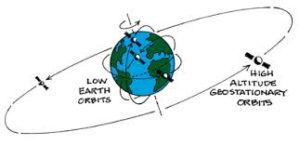
To overcome this problem companies are trying the Low Earth Orbit satellite. LEO satellites are in low orbit which are supposed to whizz around the planet only a few hundred kilometers above its surface. Communication with such satellites will be faster and that will be a boon for the internet. But the problem is that such satellites will sink below the horizon in 7 minutes later. Now to ensure that satellite is always available to any user, a lot many satellites are required in LEO orbit. It is like your cellular network. On Earth, a cell-phone tower is fixed while a user’s phone keeps changing position and talks to the closest mobile tower. In LEO, satellites are like moving cell tower, circling the Earth from pole to pole in one of the 18 orbital planes that look like lines of longitude.
Read more such similar stories on my blog. Click on the link below:
Driving an Electric Car: Charging ahead with full power
The Future of Flying: Now boarding from Gate of Innovation
Acknowledgement: The Economist: Issue dt - Dec 8th 2018 / Topic - A worldwide web in space, Page - 20

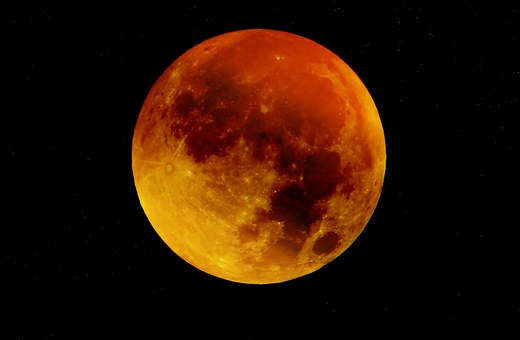


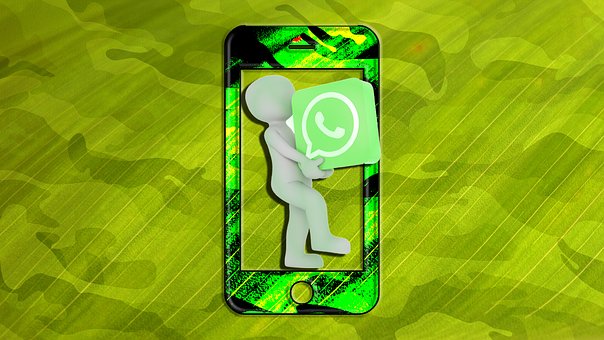
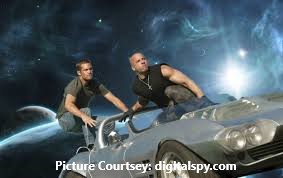
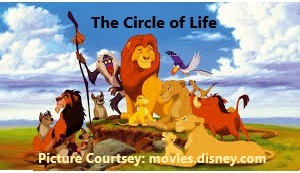




Comments
5 Comments
Great read indeed, Alok Ji✌👌👍From wardrobe to moon, Alok Ji is a prolific writer… His range can be understood from the fact that he is turning out to be big big blogger… It’s high time we should read his blogs religiously and benefit from them. Keep it up, Alok Ji🙏
Thanks Rajesh.
[…] Romancing the Moon: Exploring the Moon Again […]
Thanks for sharing this
Thanks. Keep reading the stories on my blog.
Leave a Comment